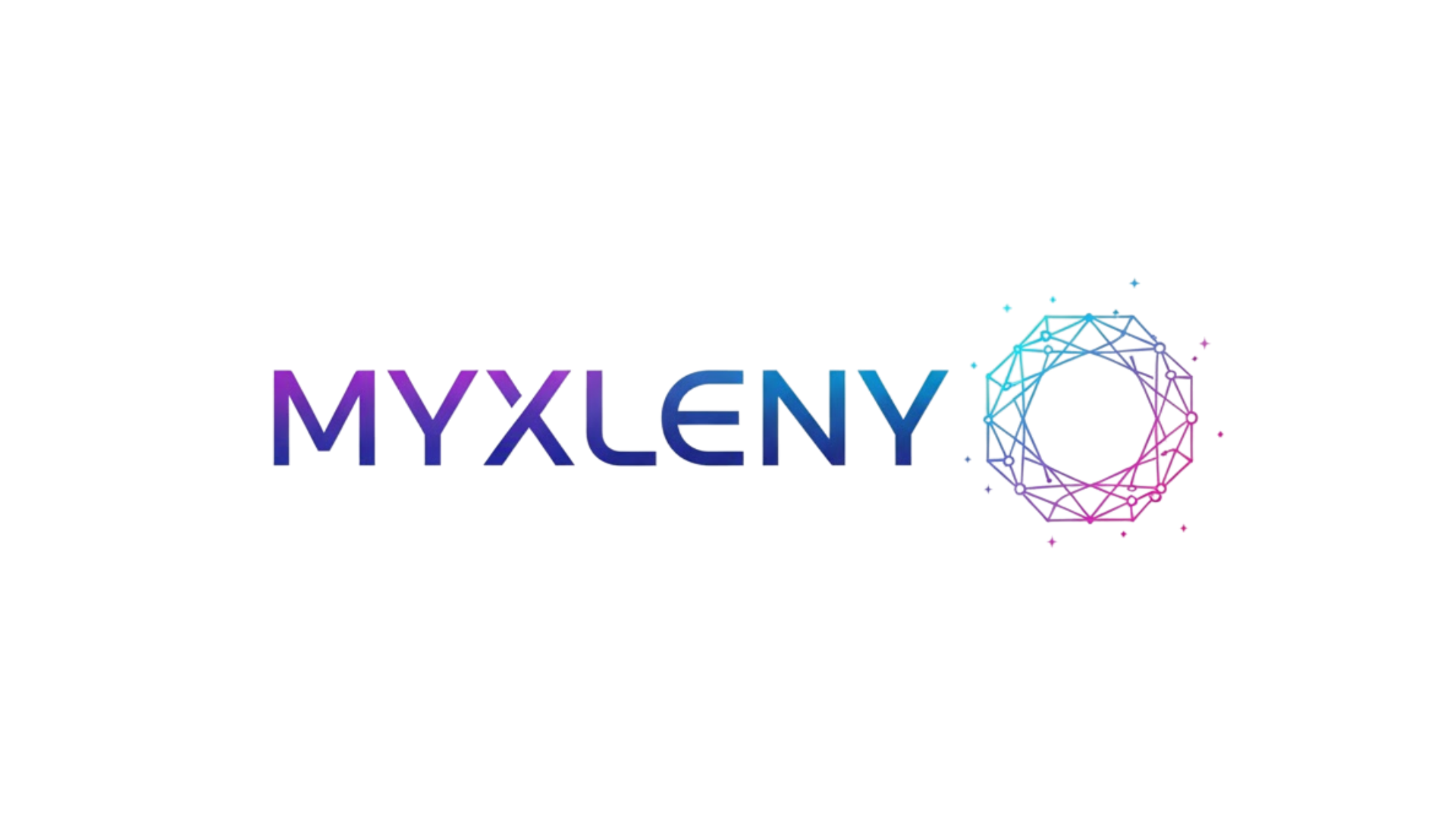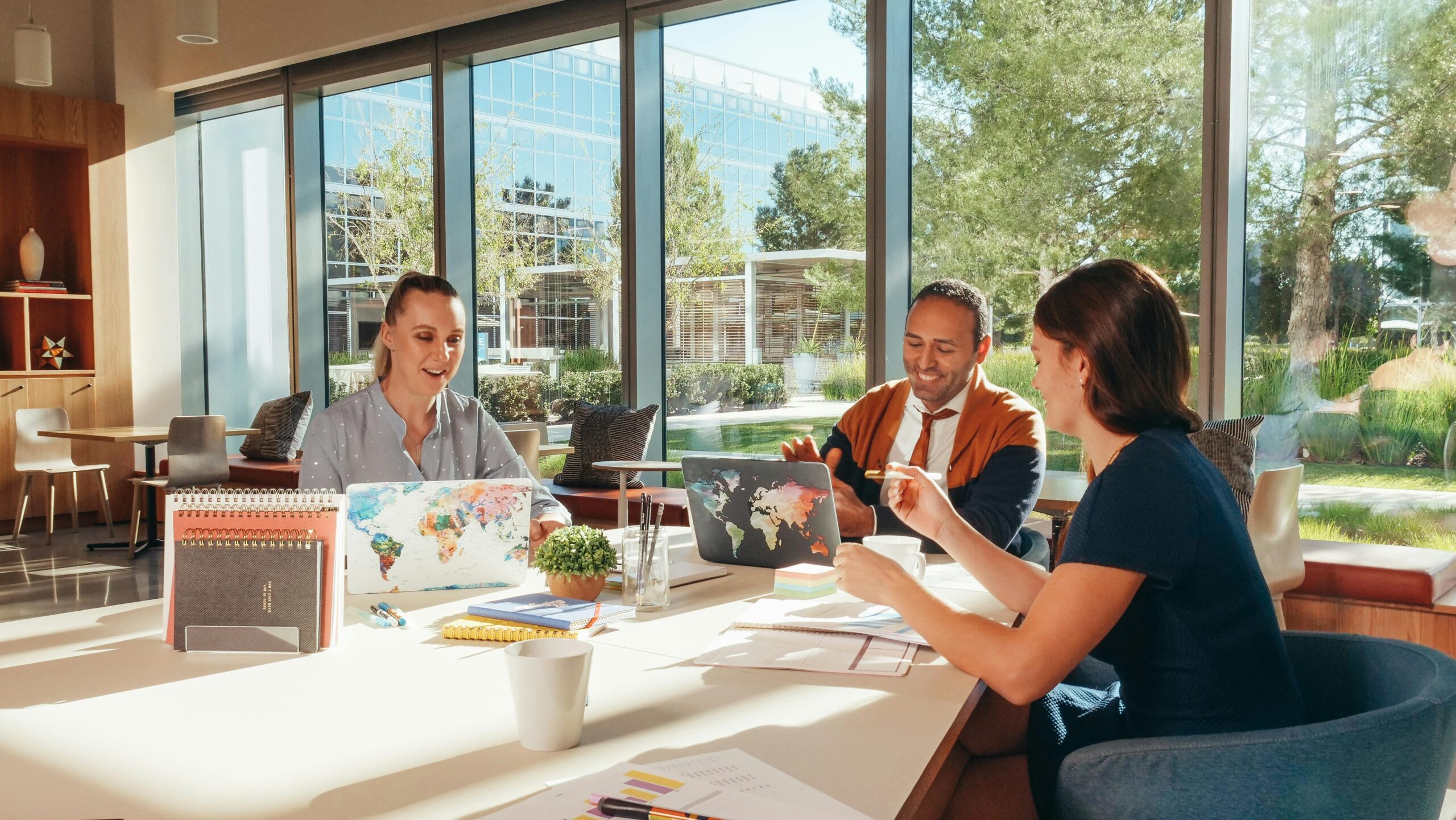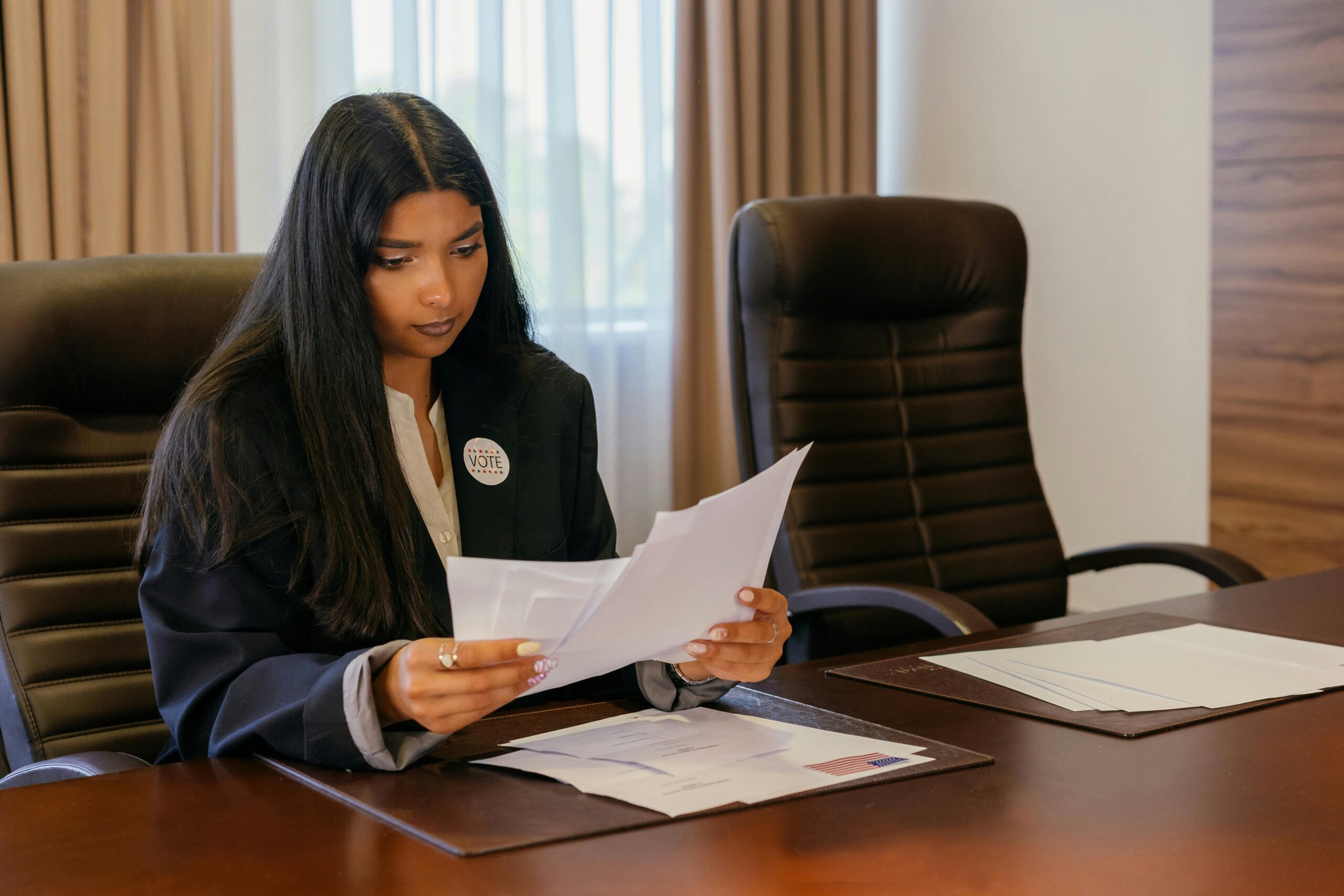Mindfulness isn’t just meditation—it’s a powerful productivity tool that transforms how you work, think, and achieve your goals every single day.
In our hyperconnected world, distractions are everywhere. Notifications ping constantly, emails pile up, and our attention fragments into a thousand pieces. The result? We feel busy but accomplish less, exhausted yet unfulfilled. This is where mindfulness becomes your secret weapon for reclaiming focus and skyrocketing your productivity.
The practice of mindfulness—being fully present and engaged in the current moment—has been scientifically proven to enhance concentration, reduce stress, and improve decision-making. But beyond the wellness benefits, mindfulness is fundamentally about working smarter, not harder. When you master the art of present-moment awareness, you unlock a level of efficiency and clarity that transforms your professional and personal life.
🧠 The Science Behind Mindfulness and Productivity
Research from Harvard University shows that our minds wander approximately 47% of the time. This mental drift isn’t just daydreaming—it’s actively sabotaging your productivity. When your mind wanders, you’re not just losing time; you’re losing the quality of your work and the satisfaction that comes from deep engagement.
Neuroscience reveals that mindfulness practice physically changes your brain. Regular mindfulness exercises strengthen the prefrontal cortex, the region responsible for executive functions like planning, decision-making, and impulse control. Simultaneously, it reduces activity in the amygdala, the brain’s stress center, helping you remain calm under pressure.
Studies published in the journal Psychological Science demonstrate that just two weeks of mindfulness training improved reading comprehension scores and working memory capacity. Participants also showed reduced mind-wandering during demanding cognitive tasks—exactly what you need when facing complex projects or tight deadlines.
Starting Your Mindfulness Journey: The Foundation
Beginning a mindfulness practice doesn’t require hours of meditation or a complete lifestyle overhaul. The beauty of mindfulness lies in its accessibility and flexibility. You can start with just five minutes a day and gradually build from there.
The key is consistency over duration. A brief daily practice creates more lasting change than occasional longer sessions. Think of mindfulness like going to the gym—regular, shorter workouts build more sustainable strength than sporadic intense sessions.
The Two-Minute Breathing Technique
Your breath is the most accessible mindfulness tool you possess. This simple technique can be done anywhere, anytime, and serves as an instant reset button for your attention:
- Sit comfortably and close your eyes or soften your gaze
- Take a deep breath in through your nose for four counts
- Hold gently for two counts
- Exhale slowly through your mouth for six counts
- Notice the sensation of breath entering and leaving your body
- When your mind wanders, gently return focus to your breath
- Repeat for two minutes or longer
This technique activates your parasympathetic nervous system, immediately reducing stress and sharpening focus. Use it before important meetings, when feeling overwhelmed, or as a transition between tasks.
⚡ Mindful Time Management: Quality Over Quantity
Traditional time management focuses on cramming more tasks into your day. Mindful time management flips this approach—it’s about bringing full attention to fewer things and doing them exceptionally well.
Single-tasking is mindfulness in action. Research consistently shows that multitasking reduces productivity by up to 40% and increases error rates. When you commit to doing one thing at a time with complete attention, you work faster and produce higher quality results.
The Pomodoro Technique Meets Mindfulness
The Pomodoro Technique—working in focused 25-minute intervals followed by short breaks—becomes exponentially more powerful when combined with mindfulness. Before each Pomodoro session, take 30 seconds to center yourself with mindful breathing. During the work interval, notice when your mind drifts and gently return to the task.
During your five-minute breaks, resist the urge to scroll social media. Instead, practice mindful movement: stretch, walk, or simply sit and breathe. This approach prevents mental fatigue and maintains peak cognitive performance throughout your day.
Creating Mindful Transitions Between Tasks
One of the biggest productivity drains is the mental residue left from previous tasks. When you jump immediately from one activity to another, your brain struggles to fully engage, carrying fragments of attention from what you were just doing.
Mindful transitions solve this problem. After completing a task, pause for 30-60 seconds. Take three deep breaths, acknowledge what you’ve accomplished, and consciously release it. Then set a clear intention for your next activity before diving in.
This simple practice creates mental boundaries between activities, allowing you to bring fresh attention to each new task. The result? Better focus, fewer errors, and reduced mental exhaustion at day’s end.
📧 Mindful Communication for Clearer Connections
Effective communication is essential for productivity, yet we often communicate on autopilot—reading emails while thinking about our next meeting, or listening to colleagues while mentally drafting responses.
Mindful communication means being fully present during every interaction. When reading an email, just read the email. When someone speaks, truly listen rather than rehearsing your response. This level of attention prevents misunderstandings, reduces back-and-forth clarifications, and builds stronger professional relationships.
The WAIT Principle
Before responding to any message or in any conversation, ask yourself: “Why Am I Talking?” This mindful pause helps you communicate with purpose rather than reacting impulsively. It prevents unnecessary emails, unfocused meetings, and miscommunication that wastes everyone’s time.
When composing important messages, write your draft, then step away for five minutes of mindful breathing. Return with fresh eyes to review before sending. This practice catches emotional reactions, unclear phrasing, and missing information that could derail productivity.
🎯 Mindful Goal Setting and Achievement
Goals pursued mindlessly become sources of stress rather than motivation. Mindful goal setting starts with understanding your deeper intentions—not just what you want to achieve, but why it matters.
Before establishing any goal, spend time in quiet reflection. Ask yourself: Does this goal align with my values? Am I pursuing it because it genuinely matters to me, or because I think I “should”? Goals rooted in authentic motivation generate sustainable energy and commitment.
Breaking Goals into Mindful Milestones
Large goals can feel overwhelming, triggering procrastination and anxiety. Mindfulness teaches us to focus on the present step rather than the distant finish line. Break your goals into small, manageable actions you can complete today.
At the start of each work session, identify one specific, achievable task that moves you toward your goal. Complete it mindfully, celebrating small wins. This approach builds momentum while maintaining the quality of your attention and work.
Managing Digital Distractions Mindfully
Technology is simultaneously our greatest productivity tool and our biggest distraction. Mindfulness doesn’t mean rejecting technology—it means using it intentionally rather than compulsively.
Conduct a mindful audit of your digital habits. For one week, notice every time you reach for your phone or check email. What triggers these behaviors? Boredom? Anxiety? Habit? Understanding your patterns is the first step toward changing them.
Implementing Mindful Technology Boundaries
Create specific times for checking messages rather than responding instantly to every notification. Turn off non-essential alerts. Use apps that encourage focused work rather than fragmented attention. The goal isn’t digital abstinence—it’s digital mindfulness.
Designate technology-free zones in your day—perhaps the first hour after waking or during meals. These boundaries create space for deeper thinking, creativity, and genuine rest that recharges your productivity.
💪 Building Mental Resilience Through Mindfulness
Productivity isn’t just about output—it’s about sustainability. Burnout destroys productivity far more effectively than any distraction. Mindfulness builds the mental resilience needed for consistent high performance over time.
When facing setbacks or challenges, mindfulness provides a crucial pause between stimulus and response. Instead of reacting with frustration or panic, you can observe the situation clearly and choose a productive response.
The RAIN Technique for Difficult Moments
When stress threatens to derail your productivity, use this four-step mindfulness practice:
- Recognize what’s happening—name the emotion or challenge
- Allow the experience to be there without fighting it
- Investigate with curiosity—where do you feel it in your body?
- Nurture yourself with compassion—how would you support a friend?
This technique transforms emotional reactivity into emotional intelligence, keeping you productive even during difficult situations.
Mindful Rest: The Productivity Paradox
Perhaps the most counterintuitive productivity insight mindfulness offers is this: rest is productive. Our culture glorifies busyness, but exhaustion kills creativity, decision-making, and sustained output.
Mindful rest means truly disengaging—not just stopping work while your mind continues racing. Short mindfulness breaks throughout your day prevent the accumulation of mental fatigue that tanks afternoon productivity.
The Power of Micro-Breaks
Every 90 minutes, your brain’s ultradian rhythms naturally signal the need for rest. Instead of pushing through with more coffee, take a five-minute mindfulness break. This rhythm-aligned approach maintains peak cognitive performance throughout your entire day.
During breaks, engage in activities that genuinely restore attention: mindful walking, stretching, or simply sitting quietly. Avoid activities that deplete attention further, like scrolling social media or reading news.
🌟 Creating Your Personalized Mindfulness Practice
There’s no one-size-fits-all approach to mindfulness. Experiment with different techniques to discover what resonates with you. Some people thrive with morning meditation, others prefer mindful movement or brief breathing exercises throughout the day.
Start small and build gradually. Committing to just five minutes daily creates more lasting change than ambitious plans that quickly fade. Once five minutes becomes habit, you can naturally expand your practice.
Tracking Your Mindfulness Journey
Consider keeping a simple mindfulness journal. Each evening, note when you were most present during the day and when your mind wandered. What patterns emerge? Which situations trigger distraction? This awareness itself is transformative.
Also track the correlation between your mindfulness practice and your productivity. On days when you maintain your practice, do you accomplish more? Feel less stressed? Make better decisions? This personal data provides powerful motivation to continue.
Overcoming Common Mindfulness Obstacles
Many people abandon mindfulness because they believe they’re “doing it wrong.” The most common misconception is that mindfulness means emptying your mind of all thoughts. Actually, mindfulness is about noticing when your mind wanders and gently returning attention to the present—again and again.
Mind-wandering isn’t failure; it’s the practice. Each time you notice distraction and return to focus, you’re strengthening your attention muscles. Be patient and compassionate with yourself as you develop this skill.
When You Don’t Have Time for Mindfulness
The irony is that when you feel too busy for mindfulness, that’s exactly when you need it most. Even 60 seconds of mindful breathing can reset your nervous system and sharpen your focus. The time you “lose” to mindfulness is recouped many times over through increased efficiency and reduced errors.
Integrate mindfulness into activities you already do: mindful walking to meetings, mindful eating at lunch, or mindful listening during conversations. This approach requires no additional time while transforming mundane activities into opportunities for practice.
🚀 Sustaining Your Mindfulness-Productivity Transformation
The true power of mindfulness emerges through consistency. Like physical fitness, benefits accumulate over time. What feels effortful initially becomes natural, eventually transforming how you approach every aspect of your work and life.
Build accountability into your practice. Share your commitment with a colleague and check in weekly about your experiences. Join online communities of mindfulness practitioners. Consider working with a mindfulness teacher or coach who can provide personalized guidance.
Remember that mindfulness isn’t about achieving some perfect state of calm focus—it’s about developing a different relationship with your attention. You’re training the ability to notice when you’re distracted and choose to return to what matters. This skill alone revolutionizes productivity.
Measuring Your Mindfulness Progress
Unlike traditional productivity metrics, mindfulness progress isn’t just about outputs and numbers. Pay attention to qualitative shifts: Do you feel less overwhelmed? Can you focus longer before distraction? Do you recover more quickly from setbacks? Are you making clearer decisions?
These subtle changes indicate that mindfulness is working at a deeper level, restructuring how your brain processes information and manages attention. Trust the process even when progress feels slow. Neuroplasticity—your brain’s ability to change—operates on a timeline of weeks and months, not days.

Your Next Steps Toward Mindful Productivity
Start today with one small commitment. Choose a single technique from this article—perhaps the two-minute breathing exercise or mindful transitions between tasks—and practice it consistently for one week. Notice what shifts.
After establishing your first habit, gradually layer in additional practices. Build a personalized mindfulness toolkit that addresses your specific productivity challenges. Some tools you’ll use daily, others you’ll reserve for particular situations.
The journey of mastering mindfulness is exactly that—a journey, not a destination. There’s no point at which you’ve “arrived” and can stop practicing. Instead, mindfulness becomes an ever-deepening relationship with the present moment, continually revealing new possibilities for focus, creativity, and fulfillment.
Your productivity doesn’t ultimately come from better systems or tools—it comes from the quality of attention you bring to each moment. Mindfulness trains that attention, transforming not just what you accomplish but how you experience the entire process of working and living. This is the real revolution: productivity that’s sustainable, meaningful, and deeply satisfying.
Toni Santos is a future-of-work researcher and social innovation writer exploring how technology, culture, and global mobility are redefining what it means to work and thrive in the 21st century. Through his studies on automation, digital nomadism, and workforce transformation, Toni examines the balance between progress, adaptability, and human purpose in a rapidly changing world. Passionate about remote collaboration systems and digital inclusion, Toni focuses on how emerging tools and global connectivity empower individuals to build meaningful, flexible, and resilient careers. His work highlights how automation and new work models can coexist with creativity, empathy, and social value. Blending sociology, economics, and digital strategy, Toni writes about the human side of innovation — helping readers understand not only where work is heading, but how to align with its transformation responsibly and purposefully. His work is a tribute to: The evolving relationship between automation and human employment The rise of global, location-independent lifestyles The power of resilience and adaptability in the modern workforce Whether you are a freelancer, remote leader, or curious observer of the new economy, Toni Santos invites you to explore the future of work — one idea, one connection, one transformation at a time.




